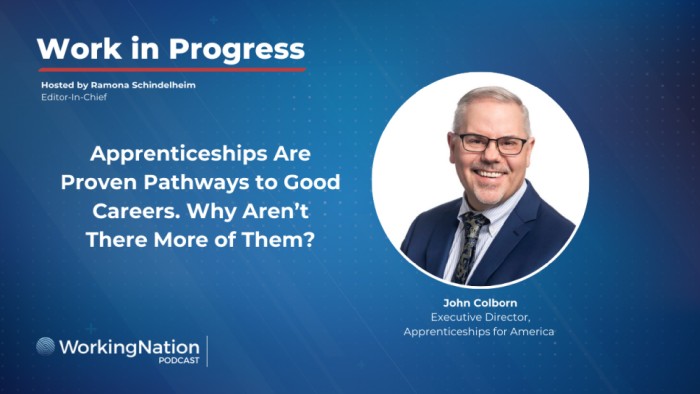
Understanding Influencers in the World of Nondegree Credentials
A hallmark of nondegree credentials is their collective complexity. Any generalization about them is perilous: Most exist outside the credit-based system governed by the Higher Education Act, but not all. Some are awarded by colleges, others by state and federal agencies, and still others by trade associations or companies. Instructional sequences range in length from a single day to a full year. Providers and students may receive federal workforce subsidies or state subsidies or none at all.
The credit-based higher education system is also complex, of course. But it is typically referred to as “credit-based” or “degree-seeking” because these features have been defined and standardized at a national level, as have many other aspects of American higher education. Nondegree credentials, on the other hand, have mostly evolved outside that standardized system, although often in dialogue with it.


